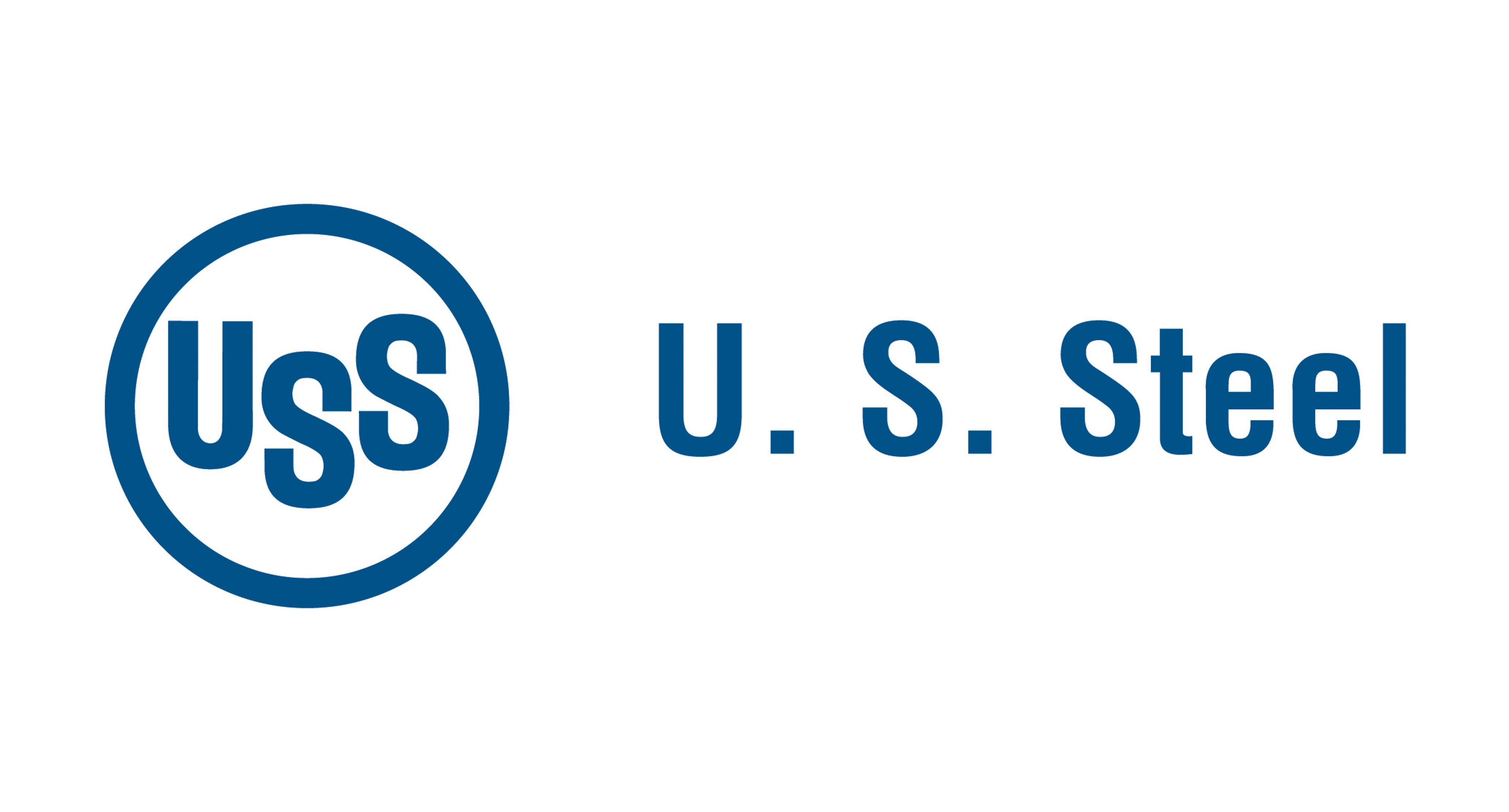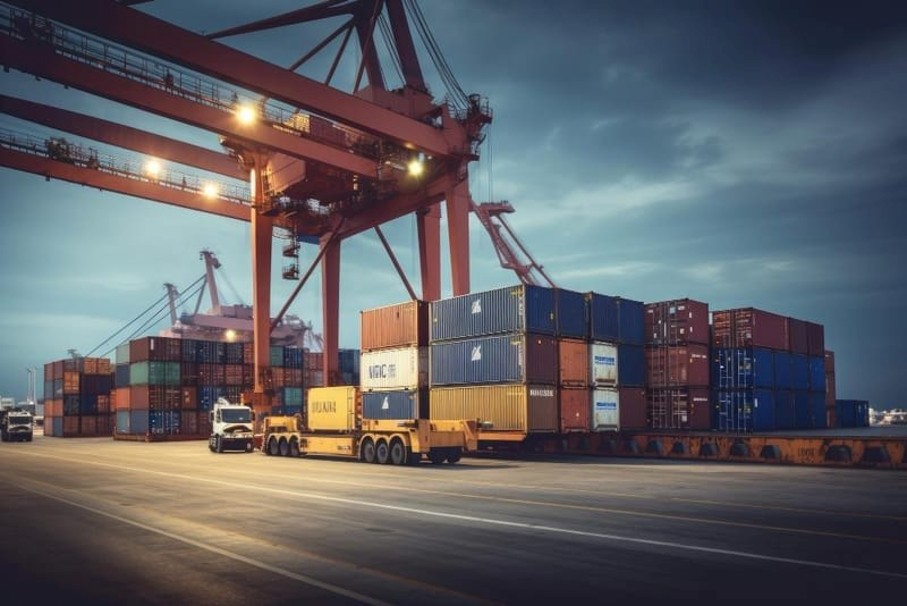Government/Policy

January 12, 2019
Section 232 Draft Offers Trump Three Options for Auto Tariffs
Written by Sandy Williams
The Commerce Department’s research on the national security implications of auto and auto part imports has generated numerous drafts, said Commerce Secretary Wilbur Ross, because “the picture keeps evolving.”
The latest Section 232 draft includes three options for President Trump to consider when weighing if tariffs on the foreign auto industry would be good for the United States.
One option is a blanket tariff of 20-25 percent on all imported autos and auto parts, sources told Inside U.S. Trade. Second is a narrower tariff on automated, connected, electric and shared (ACES) vehicle technologies. A third option would be somewhere between the blanket tariff and the ACES option.
The evolving picture Ross referred to includes the trade disputes currently under way with China and other nations. Sources say the administration is attempting to use the report as leverage in negotiating trade agreements with China. China is currently ramping up its investment in high technology for autos as part of its “Made in China 2025” initiative, which has become a focus for the Section 301 tariffs. ACES parts made in China are used in U.S.-made cars, potentially bumping up costs for American consumers.
The deadline for submission of the report is two weeks before a deal is to be reached between China and the U.S. Some industry sources say that the threat of auto tariffs is also being used as leverage to encourage Japan and Germany to back U.S. trade restrictions on China. Other sources say it is being used as pressure in separate bilateral deals with the EU and Japan.
Imposing auto tariffs on U.S. allies is likely to backfire, say some analysts, causing economic harm at home.
“I do not believe that we should alienate our allies with tariffs disguised as national security protections. And certainly not when it comes to trade in automobiles and auto parts,” said Senate Finance Committee Chairman Chuck Grassley (R-IA) in a statement on Wednesday. “For this reason, I intend to review the president’s use of power under Section 232 of the Trade Act of 1962, which grants the president broad legal authority to impose tariffs in the name of national security,” he added.
More Trade Authority for the President
The White House is pushing for legislation that will allow the president to have even more authority to impose tariffs. A draft bill entitled the “United States Reciprocal Trade Act” would give Trump authority to tariff individual products if tariff or non-tariff barriers by other nations exceeded those of the U.S. The bill would require notification of Congress, but would not give lawmakers the ability to vote for or against it.
White House trade adviser Peter Navarro met with a group of House Republicans last week to push for the bill to be introduced by lawmakers before Trump’s State of the Union address on Jan. 29.
The bill is unlikely to win support from Democrats, or most Republicans. There has been recent discussion on whether the Trade Promotion Authority went too far in granting trade authority to the president, possibly even running counter to the U.S. Constitution. A lawsuit filed by the American Institute for International Steel challenges the constitutionality of Section 232 under TPA, charging the statute violates the constitutional provision for checks on the president’s power.
Grassley nixed the idea of expanding presidential trade authority. “Oh, we aren’t going to give him any greater authority; we’ve already delegated too much,” he said on Wednesday.






